Eurasia Exhibition 2025
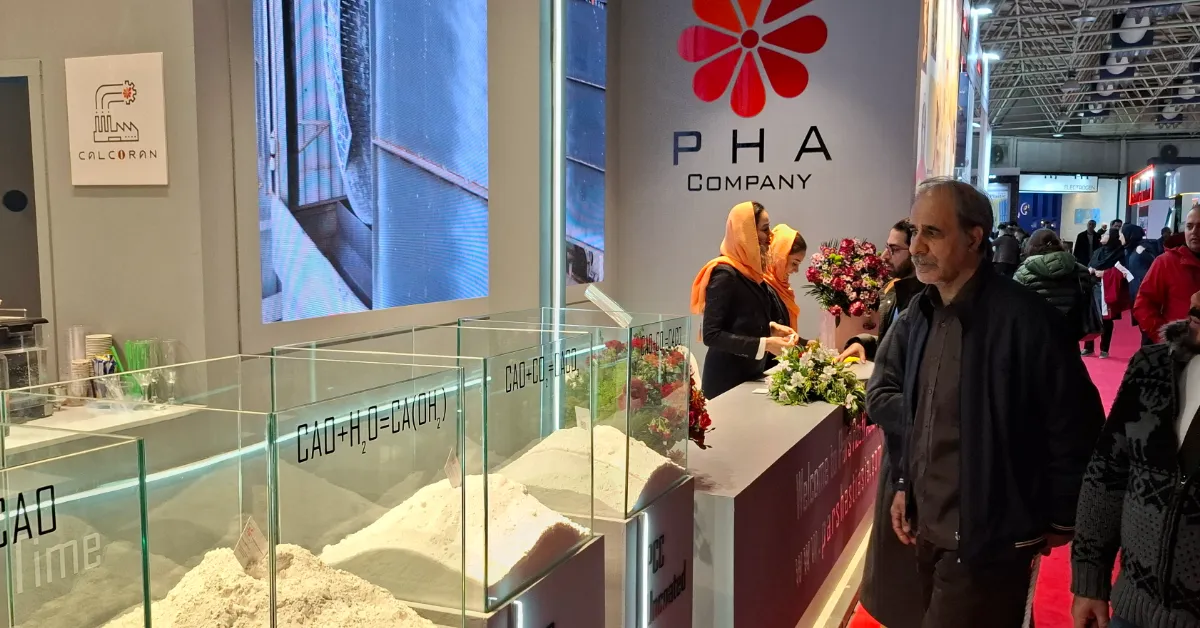
Why Eurasia Matters
The Eurasia Exhibition is an international event in industry, mining, energy, and infrastructure, aimed at fostering economic integration between Asian and European countries. In 2025, Tehran hosted this significant gathering with hundreds of participating companies. Pars Hasti Asia joined the event for the first time to showcase its expertise in producing and exporting minerals such as hydrated lime and precipitated calcium carbonate (PCC). Participation in this exhibition marked a turning point in expanding regional markets and identifying export opportunities, allowing direct engagement with key players in water treatment, paper, petrochemical, and construction industries.
Strategic Objectives of Participation
Pars Hasti Asia’s presence in the exhibition aligned with its export development strategy. The primary goal was to introduce the company’s capabilities to markets in the Caucasus, Central Asia, and Turkey, and explore how to meet the specific needs of these regions. Additional objectives included competitor benchmarking, regional product quality evaluation, distribution network expansion, and direct engagement with industrial end-users. The exhibition also provided valuable feedback from buyers and technical experts, especially regarding the use of hydrated lime in water treatment and PCC in paper and plastic industries.
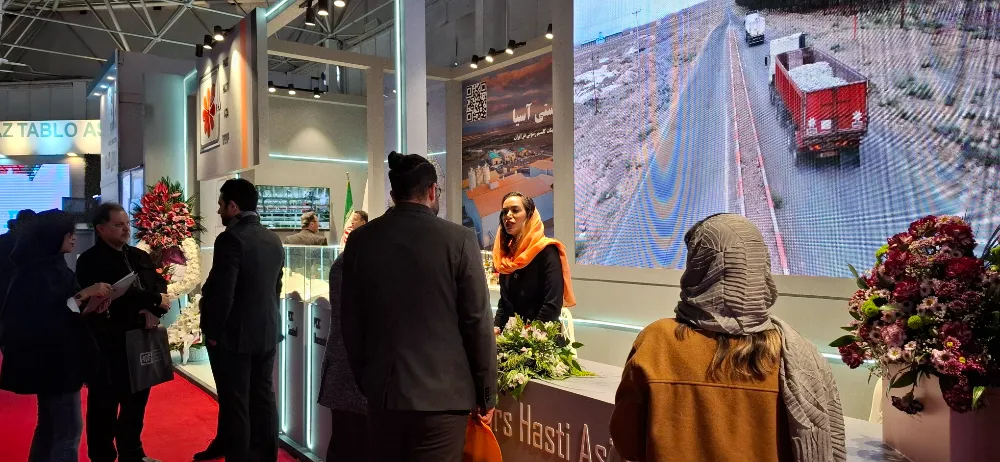
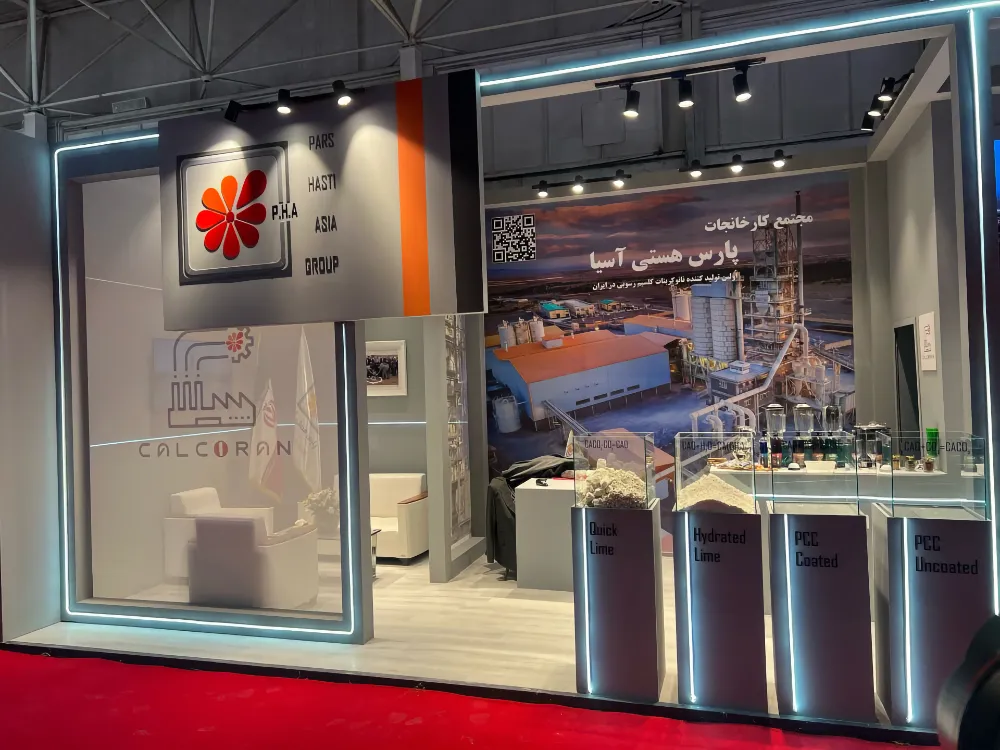
Preparation and Technical Readiness
The company entered the exhibition with a well-structured and targeted plan. The market development team analyzed previous exhibitions to identify high-demand sectors and designed multilingual brochures and industrial samples. A modern booth featured digital displays, physical product samples, and dedicated meeting space. Invitations were sent to key organizations and EPC contractors. This preparation enabled effective and focused interaction with visitors and projected a highly professional image of the company throughout the event.
Technical Presentation of Key Products
The booth prominently showcased core products: hydrated lime and PCC, along with detailed technical specifications. Visitors were introduced to the production process, physical properties, and specialized industrial uses. Hydrated lime, with high purity and controlled granulation, was highlighted for its use in water treatment and soil stabilization. PCC was presented as a bright, high-quality filler for paper and polymer applications. Live demonstrations of lime’s reaction with water and its pH-regulating effect drew attention and helped translate technical features into practical applications.
Networking and Knowledge Exchange
Pars Hasti Asia’s team actively participated in technical panels, industry-specific sessions, and informal meetings with regional companies and international institutions. Key interactions included dialogues with the CIS Mining Association, regional water authorities, and Turkish petrochemical companies. These engagements opened doors to joint supply arrangements, infrastructure project collaborations, and extended technical support services. Such exchanges broadened the company’s perspective beyond product sales, emphasizing integrated and value-added solutions.
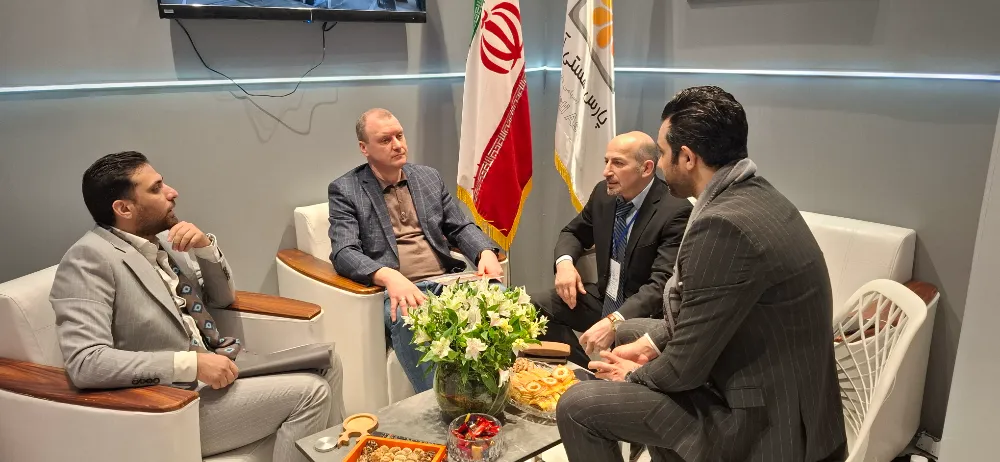
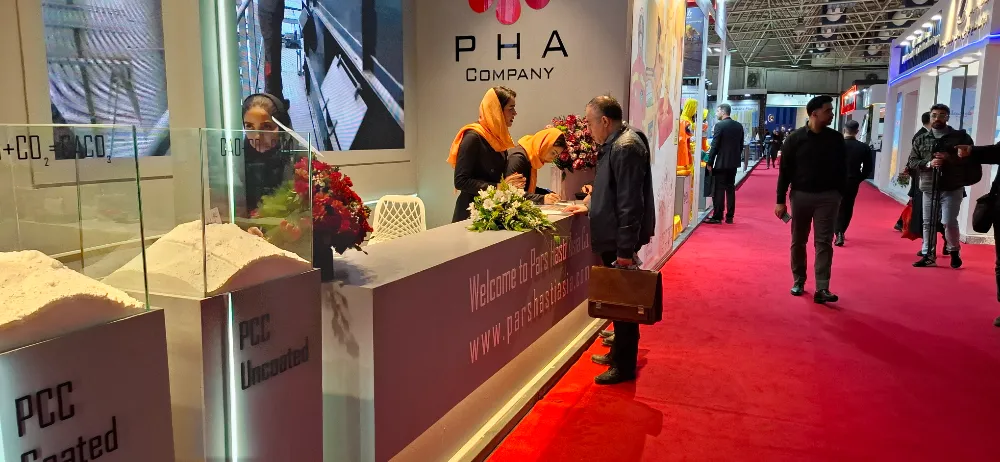
Understanding Regional Market Needs
Insights gathered during the exhibition revealed clear regional preferences. Central Asian petrochemical industries required highly specific lime compositions, while Turkish packaging firms sought ultra-bright PCC. Additionally, water authorities in the Caucasus demanded packaging compatible with automated lime dosing systems. These findings enabled the company to refine production, quality control, and packaging design to better align with target market expectations, thereby reinforcing product differentiation and competitive advantage.
Lead Generation and Data Management
Throughout the exhibition, digital tools were used to record contact details and technical interests of over 450 professional visitors.
Data collected included industry type, consumption volume, and interest in sampling or technical meetings. Post-event, the sales team prioritized and followed up with leads via online meetings, sample dispatches, and technical consultations. Some of these connections progressed into pilot projects and formal negotiations, demonstrating how structured lead management transformed exhibition data into tangible business opportunities.
Data collected included industry type, consumption volume, and interest in sampling or technical meetings. Post-event, the sales team prioritized and followed up with leads via online meetings, sample dispatches, and technical consultations. Some of these connections progressed into pilot projects and formal negotiations, demonstrating how structured lead management transformed exhibition data into tangible business opportunities.
Competitor Analysis and Market Positioning
Being surrounded by international mining companies allowed for real-time comparison of products and services. Pars Hasti Asia stood out with its compliance to European standards, strict quality control, and multilingual technical support. The feasibility of faster deliveries via logistics hubs in Turkey and Georgia was also explored. Value-added offerings, such as on-site calibration services and user training for hydrated lime, are now under consideration to strengthen the company’s solutions-oriented approach to new markets.
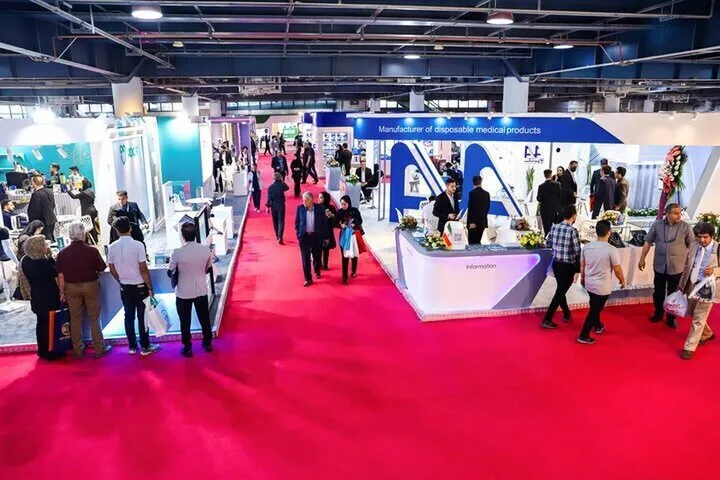
Brand Visibility and Media Coverage
Well-planned promotional efforts ensured extensive media coverage and online visibility. Interviews with international industry magazines and video content shared on platforms like LinkedIn and Aparat significantly boosted brand recognition. As a result, the company’s website saw increased traffic and received new inquiries from regional buyers. This media strategy helped position Pars Hasti Asia as a reliable and professional player in the regional mineral supply chain.
The Exhibition as a Strategic Milestone
Participation in Eurasia 2025 was a major step for Pars Hasti Asia in market development, competitive positioning, and brand elevation. The event not only facilitated technical product introductions but also offered deep insights into market needs, competitor benchmarking, and potential partnerships. With structured analysis of all collected data, the company now has a clear roadmap for expanding into Central Asia, Turkey, and the Caucasus. The Eurasia Exhibition served as a strategic launchpad, solidifying the company’s place in the regional mineral value chain.